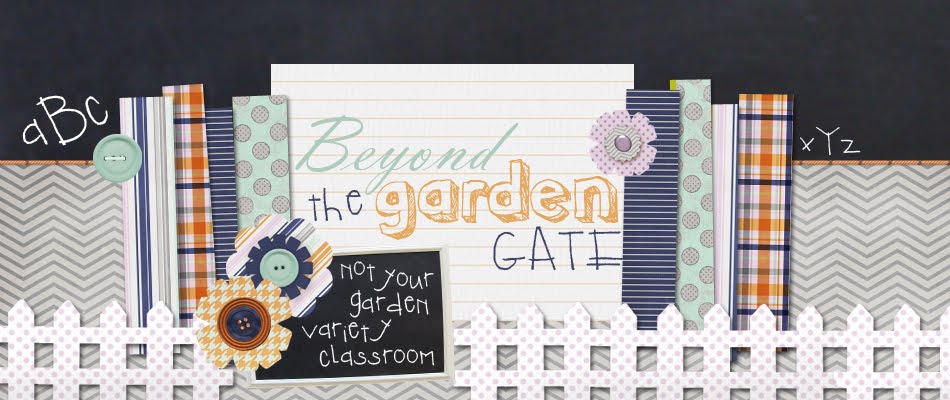Chart Student Interest in Each Chapter
End Up With a Plotline!
I love reading to my students! There are so many benefits to taking the time to read a good book to your class. First of all, you are modeling good expression and fluency. But more importantly, you are helping your students to create the images in their head that are so important to reading comprehension.
I read children's books often, so I am able to recommend good books to my students. I want my students reading, reading, reading - and I want them to be enjoying the books that they read. In choosing a book to read to my class, I try to select a book that most of the students in my class would not pick up to read. I also want to be certain that it is an exciting book, that will grab their attention and won't let go.
One of my favorite read-aloud books is The True Confessions of Charlotte Doyle by Avi. The cover of this book simply does not appeal to most students, and the title doesn't help either! Perfect! Ahhh...but the back of the book grabs their attention right off the bat! Hmmmm....maybe this won't be so bad. Then Avi starts the book with a warning to his readers - this usually seals the deal. They just have to find out what happens.
We talk about plotlines, how an author needs to introduce characters and setting at the beginning of a book, how this is less exciting. But then the author introduces a problem and builds suspense. I tell them that we are going to chart our interest in this book, chapter by chapter, and discover the plotline for this book.
Here's our plotline for The True Confessions of Charlotte Doyle:
As you can see, my class loved this book! After finishing each chapter, I have my students individually sort their thoughts in a response journal. They can write about what surprised them, how the events made them feel, predictions, questions or things they wonder. Then we have a class discussion about the chapter. They love having a voice in rating each chapter, and the class discussion is very thoughtful as they strive to agree on a rating.
I think it is a great way to get students excited about reading! Give it a try - my students love it!


































